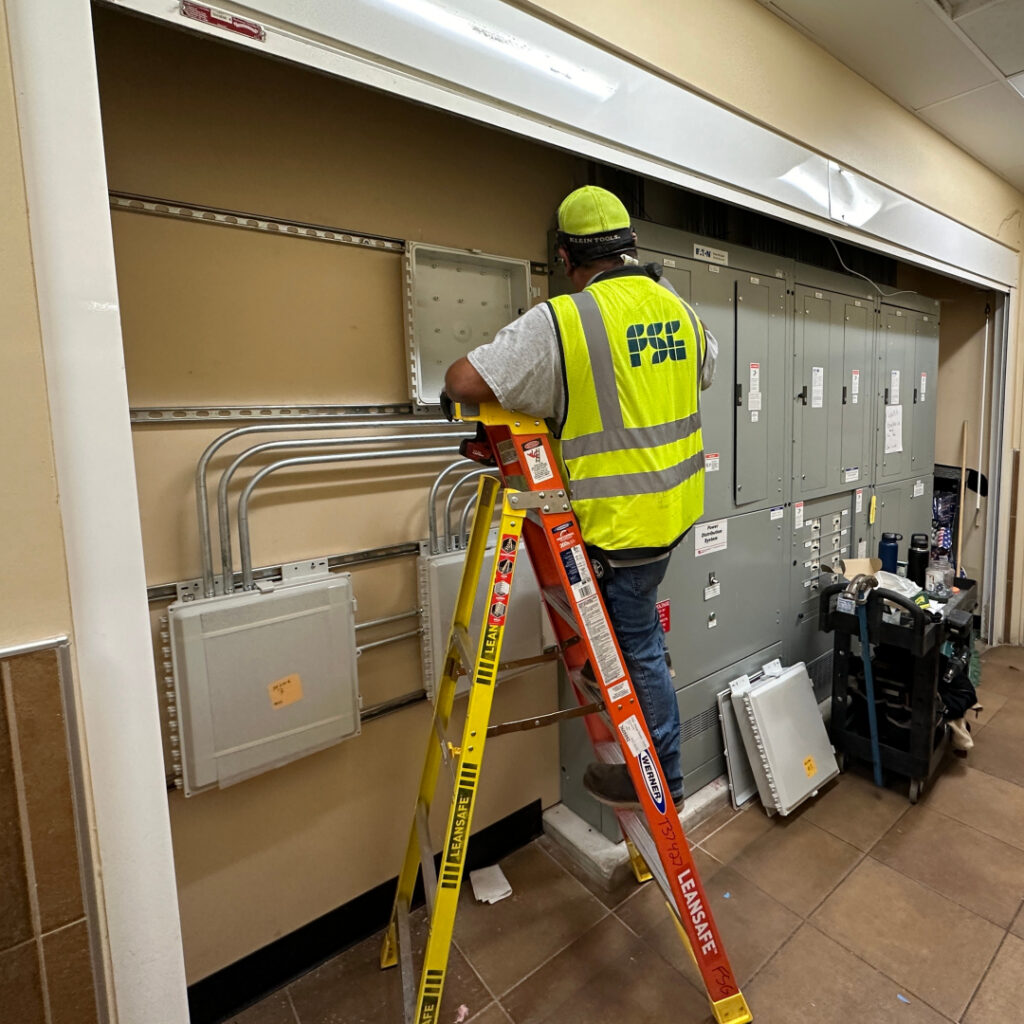Smart Buildings Blog
The latest on all things commercial building automation, energy management, and IoT
Implementing a Successful Energy Savings Program

Commercial buildings significantly contribute to energy waste due to size, occupancy patterns, and energy-intensive operations. The amount of energy wasted by commercial buildings varies depending on several factors, including the building type, age, location, and energy efficiency practices. However, on average, studies such as those performed by the Department of Energy (DOE) cite that commercial buildings in the United States waste 30% of the energy they consume. This waste is attributed to various factors, including inefficient HVAC systems, inadequate insulation, outdated lighting technologies, and suboptimal control strategies.
An energy savings program refers to a coordinated set of initiatives and strategies designed to reduce energy consumption, increase energy efficiency, and achieve cost savings in a specific setting, such as a commercial building, industrial facility, or residential complex. The program aims to systematically identify, implement, and monitor energy-saving measures to achieve targeted energy reduction goals.
Several key factors should be considered and implemented to ensure the success of an energy savings program in a commercial building. Here are some essential elements that can contribute to a successful energy savings program:
- Energy Audit and Assessment: Conduct a comprehensive energy audit or assessment of the building to identify areas of high energy consumption, inefficiencies, and potential energy-saving opportunities. This evaluation should thoroughly examine the building envelope, HVAC systems, lighting, controls, and other energy-consuming systems.
- Set Energy Reduction Goals: Establish clear and measurable energy reduction goals for the building. These goals should be achievable, specific, and aligned with the building’s operational needs and the company’s sustainability targets. By setting targets, you create a framework for measuring progress and providing motivation for energy-saving efforts.
- Stakeholder Engagement: Engage building owners, occupants, facility managers, and other key stakeholders in the energy savings program. Raise awareness about the importance of energy efficiency, solicit their support, and encourage their active participation. Foster a culture of energy conservation by involving occupants and making them aware of their role in achieving energy-saving objectives.
- Energy Management Team: Form an energy management team of individuals with expertise in energy efficiency, building systems, and facility operations. This team will develop and implement the energy-saving program, monitor progress, and coordinate energy-saving initiatives. Their expertise will help identify and prioritize energy-saving measures. However, some companies may not have the resources for an energy management team. The good news is that a business can still achieve its energy savings program goals by leveraging a qualified professional services company.
- Efficient Building Systems: Upgrade or optimize existing building systems to improve energy efficiency. Focus on HVAC systems, lighting, controls, insulation, and windows. Install high-efficiency equipment, upgrade to energy-efficient lighting technologies (e.g., LED), implement advanced control strategies, and consider energy recovery systems. Ensure systems are commissioned correctly and regularly maintained for optimal performance.
- Occupant Engagement and Education: Engage building occupants through awareness campaigns, educational programs, and communication channels. Encourage occupants to adopt energy-saving behaviors, such as turning off lights and equipment when not in use, adjusting thermostats sensibly, and participating in energy reduction initiatives. Regularly communicate the progress of the energy savings program to maintain interest and motivation.
- Monitoring and Data Analysis: Implement an energy monitoring system to track and analyze energy consumption data. Real-time or interval data monitoring helps identify abnormal energy use patterns, detect equipment malfunctions, and evaluate the impact of energy-saving measures. Analyze data to identify trends, assess performance, and make informed decisions regarding energy management strategies.
- Regular Maintenance and Optimization: Establish a preventive maintenance program to ensure building systems’ ongoing efficiency and reliability. Regularly inspect, clean, and service equipment to maintain optimal performance. Optimize control strategies, setpoints, and scheduling based on building occupancy, weather conditions, and energy management goals.
- Measurement and Verification: Implement a measurement and verification (M&V) plan to assess the actual energy savings achieved through the program. M&V provides a means to quantify the impact of energy-saving measures, validate the program’s success, and identify areas for further improvement.
- Continuous Improvement: Energy savings programs should be viewed as ongoing improvement. Regularly evaluate the program’s effectiveness, analyze results, and adjust strategies as needed. Stay informed about emerging technologies, best practices, and industry trends to identify new energy-saving opportunities.
By considering these factors and implementing a holistic approach to energy management, a commercial building can achieve significant energy savings, reduce operating costs, improve sustainability, and create a more comfortable and efficient environment for occupants.
An effective energy savings program can result in substantial energy and cost savings, environmental benefits through reduced greenhouse gas emissions, improved comfort and productivity for building occupants, and enhanced sustainability for the organization or community implementing the program.
Let FSG Smart Buildings help you with your energy savings program. Contact us and find out how we can deliver success for your organization today.
Interested in building automation and helping customers build smarter buildings? Come work for us! FSG Smart Buildings is hiring talented people looking for a great career in building automation.
More from the Blog

Retail Cybersecurity: Peace of Mind Delivered with Building Automation Systems
Retail Cybersecurity: Peace of Mind Delivered with Building Automation Systems
For multi-site retail property owners, new digital technologies and services represent both a blessing and a curse. With every new…

Helping Make Circle K’s Continuous Lab a Reality
Helping Make Circle K’s Continuous Lab a Reality
Circle K‘s success in the convenience retailing industry spans over 60 years and has developed into a global chain. Facility…

The Importance of Indoor Air Quality (IAQ)
The Importance of Indoor Air Quality (IAQ)
IAQ stands for Indoor Air Quality, which refers to the air quality inside buildings, including homes, offices, schools, and other…
